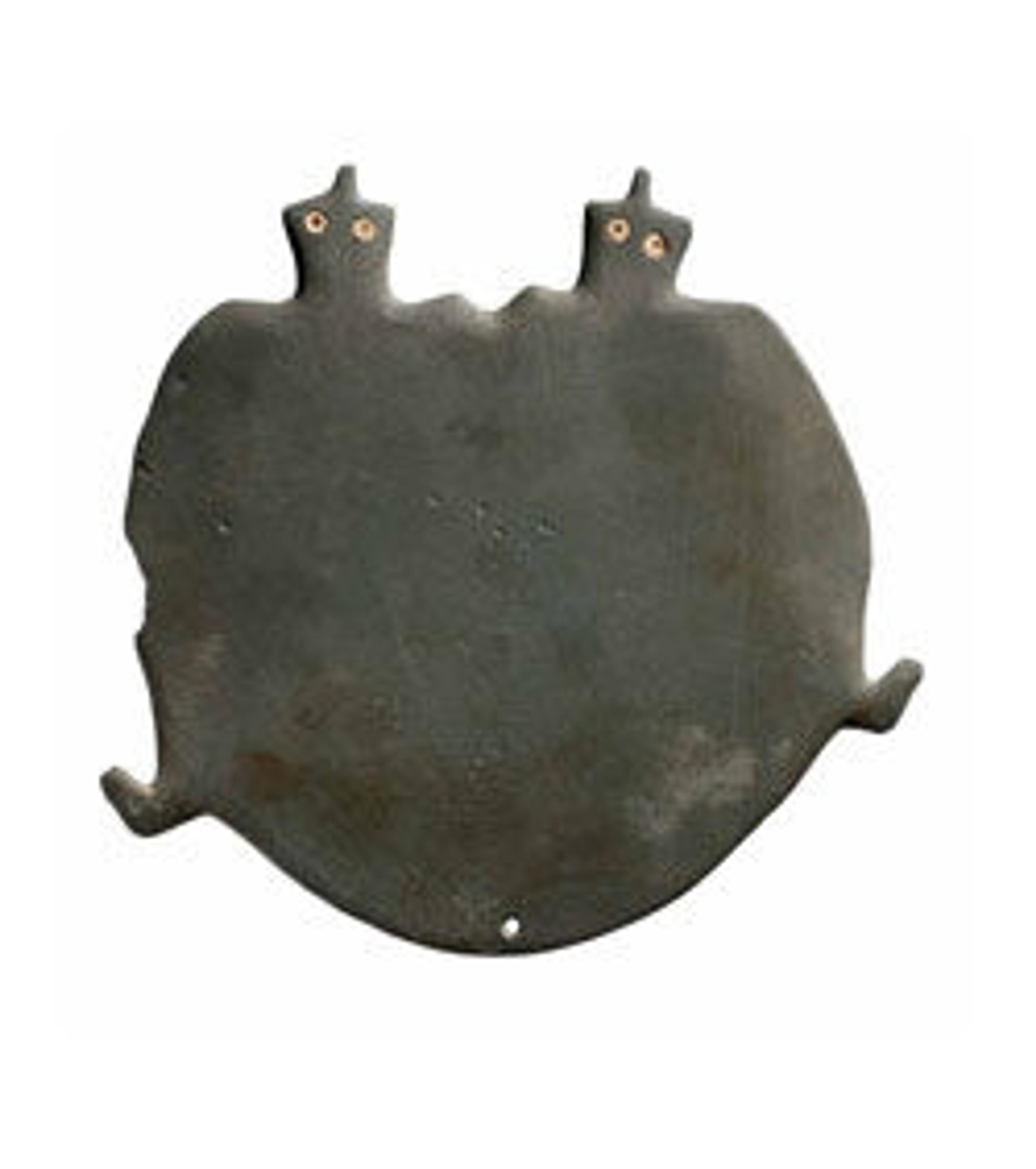A Tusk Figurine of a Man
Tusk figures belong to a group of abbreviated figurines made in the Predynastic Period. Such figurines emphasize only facial features and sexuality, while eliminating or schematizing limbs. Tusk figurines exploit a natural form –the tusk of a hippo– creating a male figure that radiates sexuality. This figurine is a superbly finished version of the type with the tusk’s tip carved into ring and a face and shoulders fashioned below. Although the eyes are only indicated by incised outlines with dots for pupils, the nose and mouth are well modeled.
Artwork Details
- Title: A Tusk Figurine of a Man
- Period: Predynastic, Late Naqada l– Early Naqada II
- Date: ca. 3900–3500 B.C.
- Geography: From Egypt
- Medium: Probably elephant ivory and organic material
- Dimensions: h. 22.4 cm (8 13/16 in); w. 3 cm (13/16 in); d. 3.2 cm (1 1/4 in)
- Credit Line: Rogers Fund, 1923
- Object Number: 23.2.31
- Curatorial Department: Egyptian Art
More Artwork
Research Resources
The Met provides unparalleled resources for research and welcomes an international community of students and scholars. The Met's Open Access API is where creators and researchers can connect to the The Met collection. Open Access data and public domain images are available for unrestricted commercial and noncommercial use without permission or fee.
To request images under copyright and other restrictions, please use this Image Request form.
Feedback
We continue to research and examine historical and cultural context for objects in The Met collection. If you have comments or questions about this object record, please complete and submit this form. The Museum looks forward to receiving your comments.
